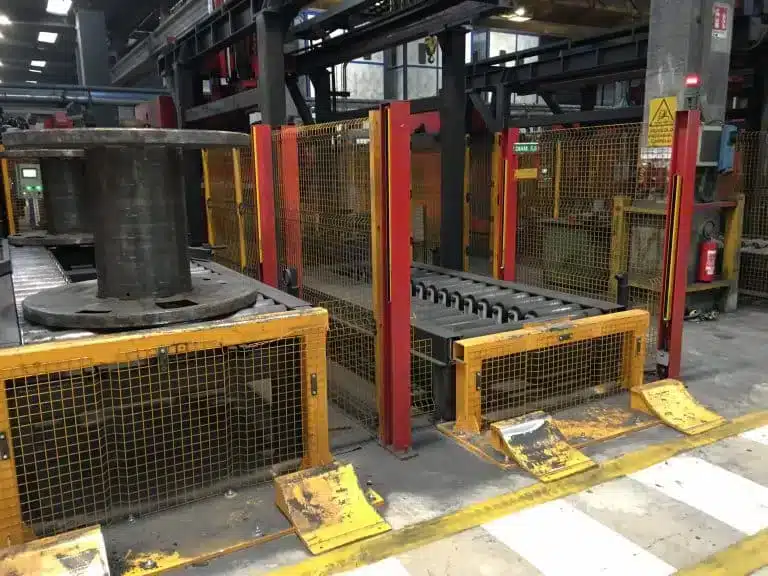Last edit: 20/06/2024

If you deal with Machinery Safety you may wonder what Whole Body Access means. That is a relatively new terminology (this article was originally written in 2019). It indicates the risk that a person remains inside a safeguarded space.
Exposure to a hazard represents a potential risk when a person gains access to a hazard zone beyond a safeguard space.
A hazard arises when the person is no longer detected and the hazardous situation machine function resumes while a person is still within the safeguarded space.
Whole body access is often associated with the concept of providing protection around the perimeter of a hazard zone, such that a person could enter the hazard zone beyond the perimeter of protection.
Whole body access also occurs when a safeguard is located at a separation distance from the hazard zone and persons are not detected between the safeguard and the hazard zone.
For whole body access, both of the following parameters shall be considered:
1) an opening defined by the physical obstructions (e.g. opening in a door) which permits the entire body to enter the area (for example square openings with one dimension > 240 mm – pls refer to ISO 13857), and
2) a space within the safeguarded space which permits a person to remain undetected.
Where the separation distance is such that it would allow a person to remain undetected between the detection zone and the hazard zone, additional presence sensing protective equipment or other solutions shall be provided to prevent this.
The terminology Whole Body Access is at the moment in the ANSI B11 standards only (B11.0 and B11.19) and it will gradually appear in the ISO as well. One of the first standards to adopt it will be ISO 14119, now under revision (FDIS Stage) and that will see the light in 2022.
Furthermore, to underline the importance of the concept of “Whole body access”, it was decided at the end of 2021 to write a dedicated type B standard. It will be ISO 12895 and will see the light of day by the end of 2025.